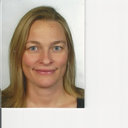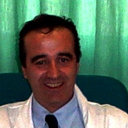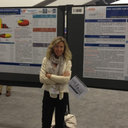How much European prescribing physicians know about invasive fungal infections management?
Mots clés
Abstrait
BACKGROUND
The use of systemic antifungal agents has increased in most tertiary care centers. However, antifungal stewardship has deserved very little attention. Our objective was to assess the knowledge of European prescribing physicians as a first step of an international program of antifungal stewardship.
METHODS
Staff physicians and residents of 4 European countries were invited to complete a 20-point questionnaire that was based on current guidelines of invasive candidiasis and invasive aspergillosis.
RESULTS
121 physicians (44.6% staff, 55.4% residents) from Spain 53.7%, Italy 17.4%, Denmark 16.5% and Germany 12.4% completed the survey. Hospital departments involved were: medical 51.2%, ICUs 43%, surgical 3.3% and pharmaceutical 2.5%. The mean score of adequate responses (± SD) was 5.8 ± 1.7 points, with statistically significant differences between study site and type of physicians. Regarding candidiasis, 69% of the physicians clearly distinguished colonization from infection and the local rate of fluconazole resistance was known by 24%. The accepted indications of antifungal prophylaxis were known by 38%. Regarding aspergillosis, 52% of responders could differentiate colonization from infection and 42% knew the diagnostic value of galactomannan. Radiological features of invasive aspergillosis were well recognized by 58% of physicians and 57% of them were aware of the antifungal considered as first line treatment. However, only 37% knew the recommended length of therapy.
CONCLUSIONS
This simple, easily completed questionnaire enabled us to identify some weakness in the knowledge of invasive fungal infection management among European physicians. This survey could serve as a guide to design a future tailored European training program.




